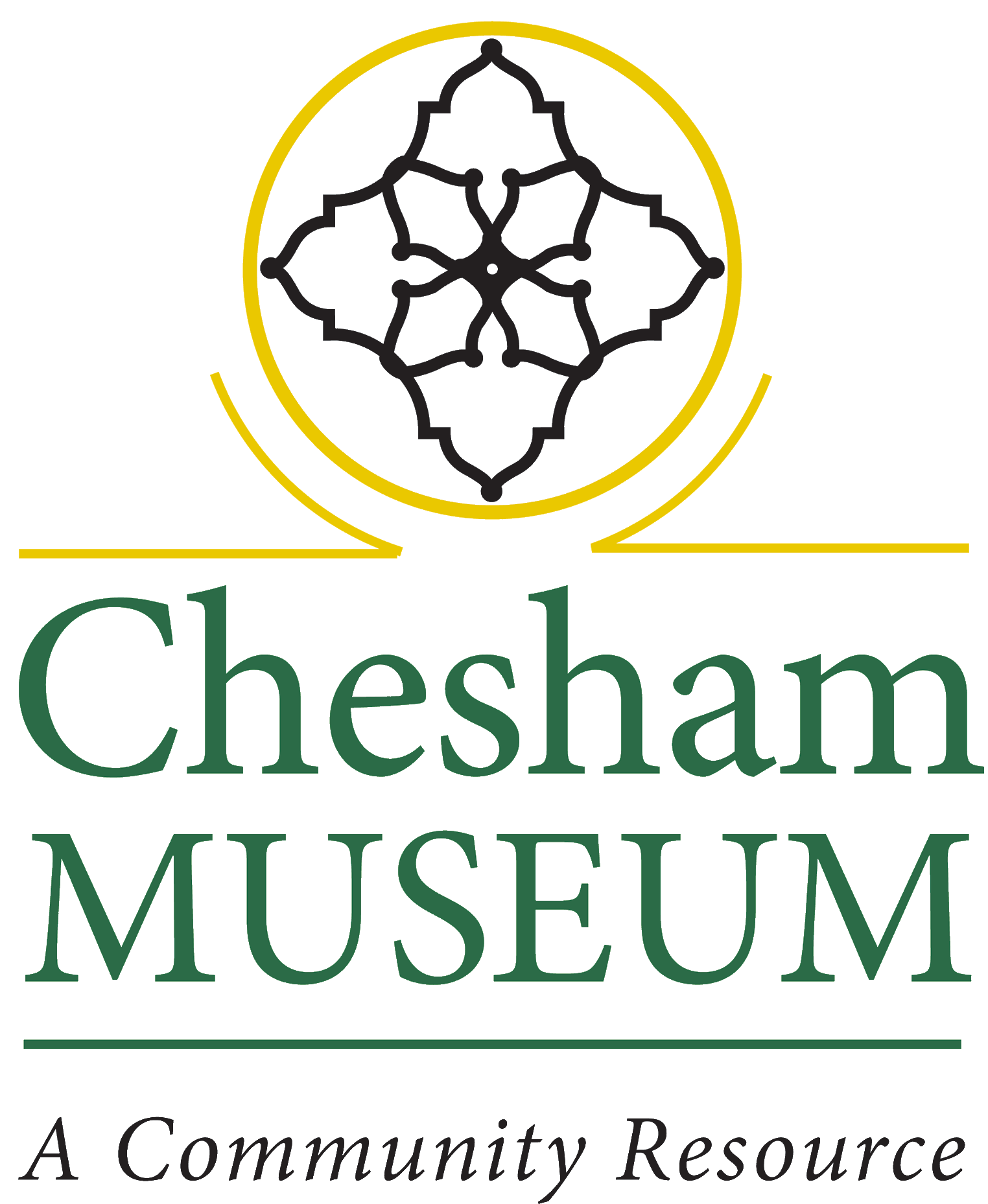The mysterious and suspicious death of Mrs Mary White in Chesham 1856
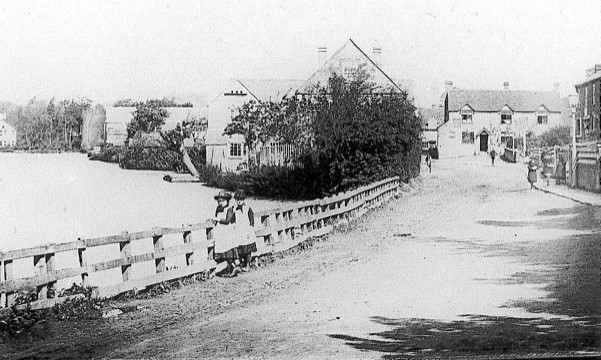
The husband
Philip White was born in Chesham in 1811 and was a shoemaker. At the time of the 1841 census, he and his first wife Ann had four children and they lived in the hamlet of Waterside. By the time of the next census in 1851, three more children had been added to the family. Unfortunately, however, Ann died from consumption (tuberculosis) in 1855 so Philip decided to employ a housekeeper.
The housekeeper
This was Ann Seaward who was approximately 18, around twenty years younger than Philip, and when he started showing an interest in her, she initially rejected his advances, refusing to marry him due to the difference in their ages.
The second wife
On 1 June 1856 at the Lower Baptist Chapel, Amersham, Philip therefore married instead Mary Batchelor, a single woman from Chesham Bois who had three illegitimate children reputedly by three different fathers. At the time of the marriage, she had a daughter of 17, a son of 13 and a newborn baby which Philip White was already maintaining so presumably he was the child’s father.
The marriage was in trouble from the very start, and in late 1856 Mary went back to Chesham Bois to nurse a sick relative. She was away for five weeks, during which time Ann Seaward and Philip White started sleeping together. At some stage, Ann thought she might be pregnant, so Philip advised her to take small quantities of arsenic as a means of procuring an abortion, stating that it was the method Mary used to ensure there were no further babies.
The death of Mary White
In December 1856, Philip insisted that Mary return home because the neighbours were querying his relationship with Ann in Mary’s absence. She did so, and seemed to have no difficulty in accepting the situation she found there in that Ann had become Philip’s mistress. Philip asked Ann during this time if she would be willing to marry him if anything happened to Mary and she confirmed that she would do so.
It was around Christmas 1856 that Mary was taken ill and she died on December 28th after being confined to her bed for a week with erysipelas. Philip refused to call in a doctor as he said he still owed the doctor money for attending to his first wife.
It was Mary’s mother who called in a surgeon called Mr Dewsnap who found Mary in an advanced state of neglect and sinking fast. She died the following day. Neighbours later recalled that Philip often wished that he had never taken a second wife. Mr Dewsnap and his colleague Mr Faithorne both considered that Mary had died in suspicious circumstances, and a post mortem was performed which showed the existence of arsenic.
The inquest
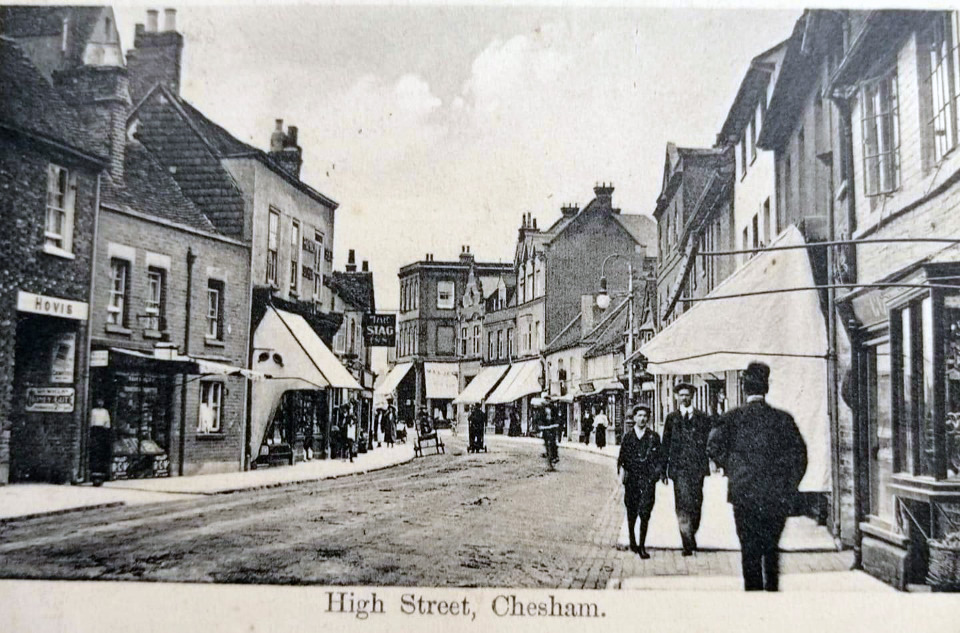
Philip was arrested on suspicion of murdering his wife on the day following her death and committed to Aylesbury gaol for trial at the Assizes. In the meantime, an inquest was held at the Nag’s Head Inn, Chesham by Mr F Charsley the local coroner (following the post mortem) at which Joseph Heath, a local chemist said that Mary White had visited his shop on 4th December 1856 and purchased some arsenic in order to poison mice.
None of this arsenic could be found at the White’s home. The contents of Mary’s stomach had been sent to a Professor Herbert Taylor of London for analysis and the inquest was adjourned until January 8th 1857 pending receipt of Professor Taylor’s findings.
When the inquest was reopened, Mr Charsley said that although Professor Taylor had informed him that he had detected the presence of arsenic in Mary’s stomach, the process involved in preparing an accurate analysis meant that the £2.2s.0d (two guinea) fee which Mr Charsley had paid for the analysis to be performed was insufficient and he (the professor) would wait to hear whether this could be increased before taking matters any further.
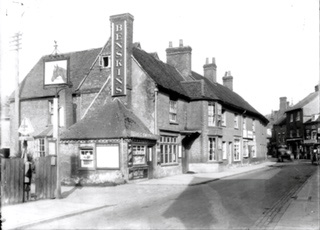
Mr Charsley had appealed to the Chairman of the Finance Committee in Aylesbury who told him that the two guinea fee was all that was permitted. He had therefore written to Sir George Grey, the Secretary of State and was still waiting for Sir George’s reply. The inquest was adjourned once more until January 19th but the matter of the fee was obviously settled, as Professor Taylor appears to have attended the inquest on January 19th and told the inquest that the quantity of arsenic found in Mary’s stomach was sufficient to cause death, although he could not ascertain whether it had been administered in one large dose or several small doses. The inquest jury then returned a verdict of “Wilful Murder” by Philip White.
The trial
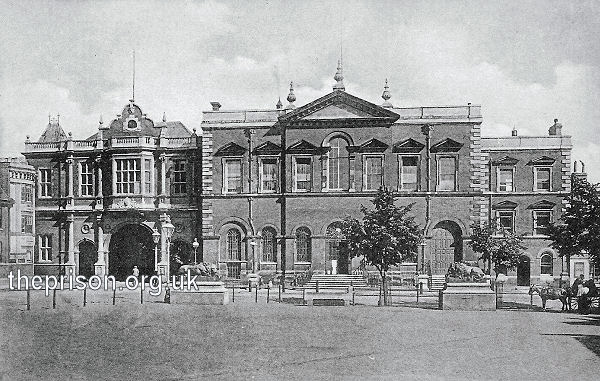
When taken to Aylesbury gaol, Philip stated that he was innocent of the crime and that no-one could prove he had bought arsenic and administered it to his wife, but he supposed he would hang for it anyway.
When Ann Seaward gave evidence at his trial, she told the court that she had said she would marry Philip if anything happened to Mary. Philip had advised her to take a concoction known as “hiera picra”* which would prevent her becoming pregnant and this she did, with the drug making her extremely sick. During the trial, it was also revealed that Philip had, at the same time as having an affair with Ann, also attempted to indecently assault either one of his own daughters or Mary’s illegitimate teenage daughter. *Hiera picra: a cathartic powder made of aloes and canella bark.
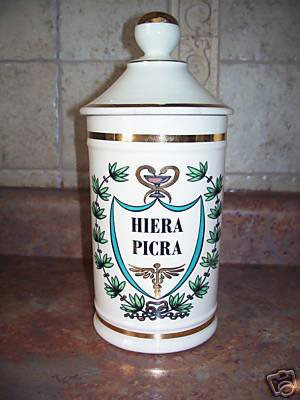
The verdict
The Grand Jury chose to ignore the bill against Philip White for murdering his wife and instead prosecuted him for administering a deleterious drug to Ann Seaward on December 3rd and 7th 1856 for the means of procuring an abortion. He was found guilty of this offence, sentenced to transportation for life and left England for Australia in 1858 on a ship called the Edwin Fox.
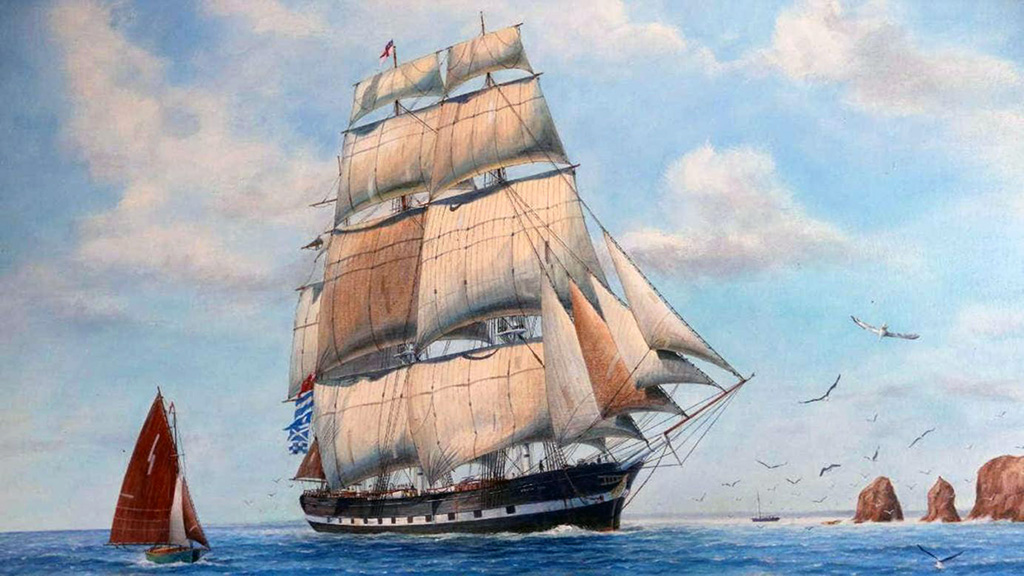
So, what do you think? Did Philip White murder his second wife Mary or was her death accidentally self inflicted?
